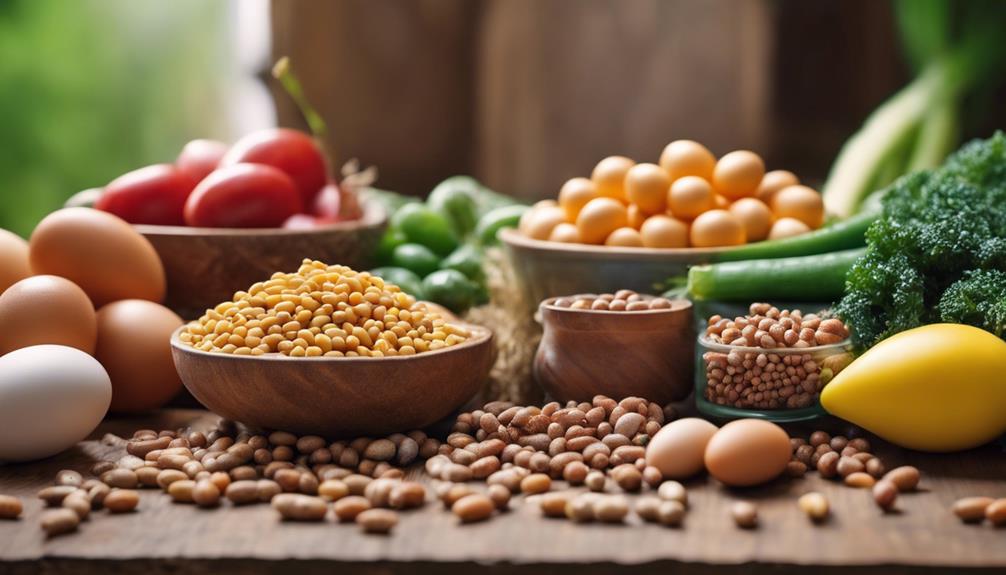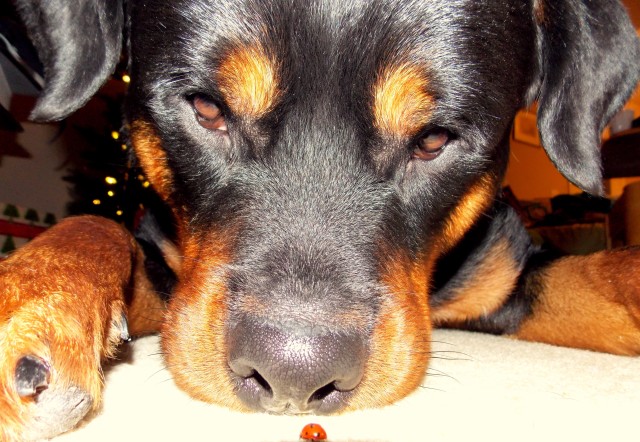Dog a Healthy Diet
Feeding your Dog a Healthy Diet, a balanced diet isn’t just about filling their bowl—it’s about giving them a foundation for optimal health, energy, and longevity. In this guide, we’ll explore everything from reading labels to preparing homemade meals, debunk common feeding myths, and help you build a custom diet plan that suits your dog’s life stage, breed, and lifestyle.
Why a Balanced Diet Matters for Dogs
Dogs aren’t just furry companions—they’re living, breathing beings with unique nutritional needs. A well-balanced diet supports:
- Muscle & tissue development: High-quality protein supports growth, maintenance, and repair.
- Healthy skin & coat: Vitamins, minerals, and essential fatty acids keep coat glossy and skin hydrated.
- Immune resilience: Antioxidants and micronutrients help fight infection and disease.
- Digestive health: Balanced fiber content sustains gut function and stool consistency.
- Cognitive function: Fatty acids (like DHA) and B vitamins support brain health, especially in puppies and seniors.

According to Pets HQ Online, a “balanced and nutritious diet is essential for our beloved canine companions”:contentReference[oaicite:1]{index=1}.
Understanding Nutritional Needs by Life Stage and Lifestyle
Puppy Nutrition: The Growth Phase
Puppies need high-energy, nutrient-dense food rich in protein and fat. DHA (omega‑3 fatty acid) is vital for brain and vision development. Look for puppy formulas that list meats or fish as the first ingredient and include added DHA and calcium.
Adult Maintenance
Adult dogs thrive on a balanced mix of:
- Protein (18–25%) from quality sources
- Complex carbohydrates for sustained energy
- Healthy fats for coat, skin, and fat‑soluble vitamin absorption
- Fiber and micronutrients for digestion and metabolic support
Avoid overfeeding—monitor weight and adjust portions based on exercise level.
Senior Dogs: Aging Gracefully
Senior dogs still need protein—sometimes even more than adults—to preserve muscle mass. Joint supplements like glucosamine, chondroitin, antioxidant support, and slightly reduced fat (if less active) help maintain health and comfort.

Commercial Diets: Wet, Dry, Freeze-Dried
Choose foods that meet AAFCO standards.
- Dry kibble: Convenient and good for dental health.
- Wet food: High in moisture—great for hydration and picky eaters.
- Freeze-dried: Combines the nutritional value of raw with convenience.
Always read labels—prioritize meat as the first ingredient and minimal fillers.
Raw & Homemade Diets
Raw feeding offers control over proteins, fats, and fiber but requires careful balance
Lean meats with bones or bone meal
- Varied veggies and fruits for vitamins and antioxidants
- Healthy fats (fish oil, flaxseed, coconut oil)
- Supplementation (calcium, omega‑3s, vitamins)
➡️ Consult a veterinary nutritionist to avoid imbalances.
Special Diets: Allergies & Sensitivities
Dogs with allergies often thrive on limited-ingredient or novel protein diets. Consider venison, duck, kangaroo, or salmon-based foods if your dog has shown reactions to common proteins.
Crafting a Healthy Meal Plan
Here’s a 5-step feeding blueprint:
- Assess your dog: Age, weight, activity level, health conditions.
- Select food: Appropriate formula (puppy, adult, senior) with quality ingredients.
- Calculate portions: Use packaging guidelines and adjust to maintain ideal weight.
- Monitor weight & condition: Regularly check ribs, waist, and energy levels.
- Adjust as needed: Increase food for growing pups/active dogs; scale back for seniors or less active dogs.
Safe Foods & Treats
- Lean chicken, turkey, fish (cooked, boneless)
- Plain fruits & veggies: apple (no seeds), banana, carrots, spinach
- Yogurt, eggs (cooked)
Limit treats to ≤10% of daily calories. Avoid harmful items like chocolate, grapes, onions, garlic, xylitol, alcohol, and cooked bones:contentReference[oaicite:6]{index=6}.
Reading Pet Food Labels: What to Watch For
- Ingredient order: First item should be named meat (e.g., “chicken”, not generic “meat”)
- Guaranteed analysis: Check protein, fat, fiber, moisture percentages
- AAFCO statement: Indicates nutritional adequacy for life stage
- “By-product meal” is acceptable if from named source (“chicken by-product meal”)
- Avoid generic terms like “meat meal”, “animal fat”, or unnamed grains
Myths and Misconceptions
“Grain-free is always better”
Grains are valuable sources of fiber and nutrients. Only opt grain-free if your dog has a diagnosed sensitivity.
“If it says ‘natural’, it’s healthier”
“Natural” has no strict definition. Always check for quality ingredients and AAFCO approval.
“Raw is automatically best”
Raw feeding can offer benefits, but without proper balance and hygiene, it can risk nutrient deficiencies and pathogens.
Hydration: Don’t Forget the Water
Fresh water should be available at all times. Adding water to dry food can improve hydration, especially for senior or low-drinking dogs.
Working with Your Vet
Consult your veterinarian if your dog has:
- Health conditions (diabetes, kidney, liver, joint issues)
- Unexplained weight changes
- Digestive issues
- Food allergies or skin reactions
Annual check-ups help fine-tune your dog’s nutritional plan throughout its life.
Conclusion
Feeding a healthy diet is the cornerstone of your dog’s well-being. By selecting high-quality food, customizing portions, introducing fresh ingredients, and staying alert to your dog’s life stage and health, you’re investing in a longer, more vibrant life for your pet. Use this guide as a foundation, and always seek professional advice for specialized care.
Relevant Resources
- Planning a Proper Diet For Dog — original Pets HQ guide
- Dog food (Wikipedia) — nutritional standards & AAFCO guidelines

